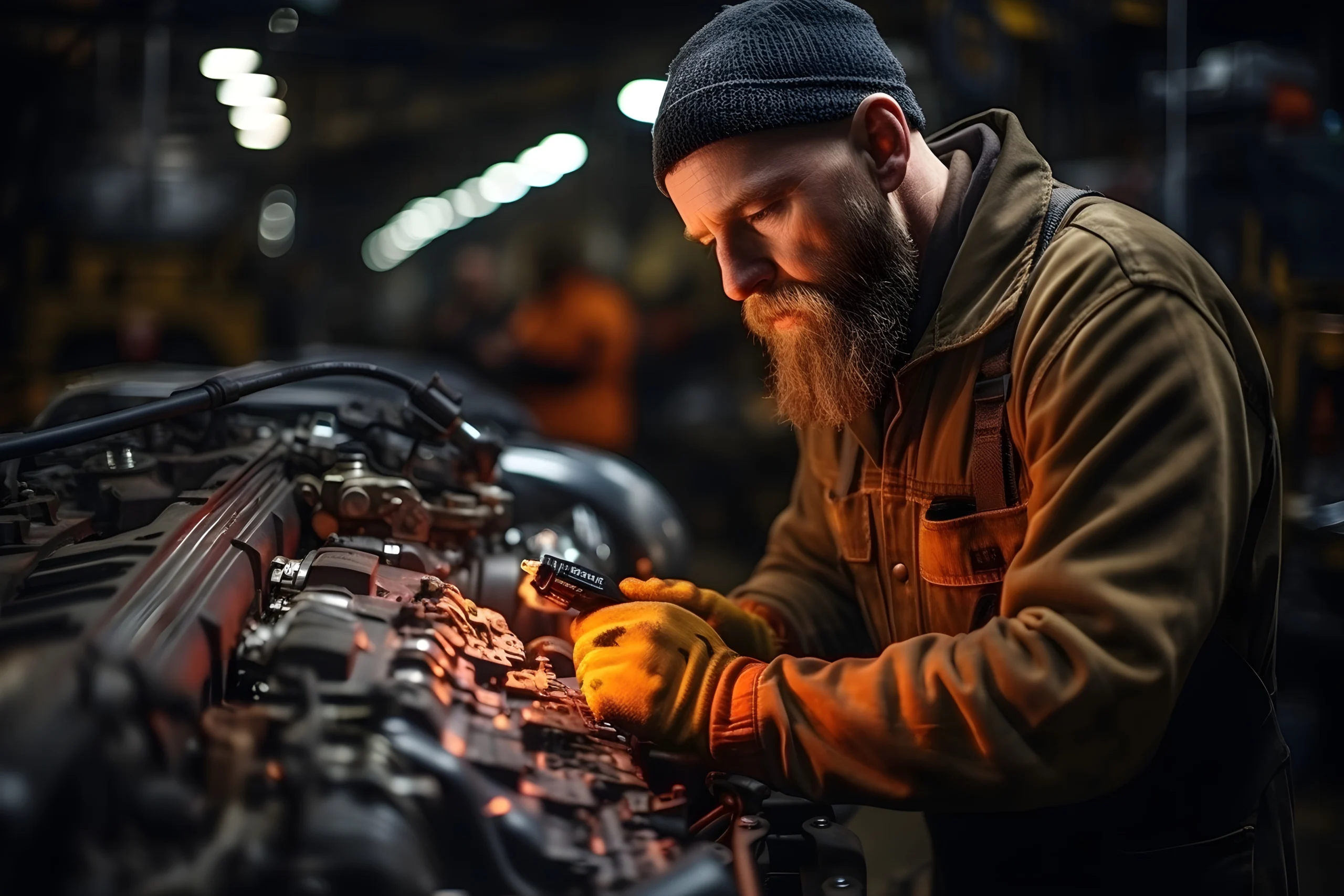Introduction
The car engine is the heart of a vehicle, transforming fuel into the mechanical energy that powers our transportation. For many, the inner workings of a car engine remain a mystery. However, understanding how an engine operates can enhance your appreciation of automotive technology and help you make more informed decisions about car maintenance. This article will explore the fundamental principles of how a car engine works, breaking down its key components and processes in an accessible manner.
The Basics of a Car Engine
What is a Car Engine?
A car engine, also known as an internal combustion engine (ICE), is a machine designed to convert fuel into mechanical energy. This energy is used to drive the wheels of the vehicle and power various systems. The engine achieves this through a series of controlled explosions inside cylinders, which produce the power needed for motion.
Types of Car Engines
Car engines come in various types, each with unique characteristics. The most common types include:
- Inline Engines: Cylinders are arranged in a single line.
- V-Engines: Cylinders are arranged in two rows forming a “V” shape.
- Flat Engines: Cylinders are horizontally opposed.
- Rotary Engines: Uses a rotary design instead of conventional pistons.
Key Components of a Car Engine
Cylinders
Cylinders are the core components where the fuel-air mixture is ignited. Most engines have multiple cylinders (e.g., 4, 6, or 8) arranged in various configurations. Each cylinder contains a piston that moves up and down.
Pistons
Pistons are cylindrical components that move within the cylinders. They play a crucial role in compressing the fuel-air mixture and converting the energy from combustion into mechanical motion.
Crankshaft
The crankshaft converts the up-and-down motion of the pistons into rotational motion. This rotational motion is transferred to the vehicle’s drivetrain to propel the car forward.
Camshaft
The camshaft controls the opening and closing of the engine’s valves. It ensures that the fuel-air mixture enters the cylinders and exhaust gases exit in the correct sequence.
Valves
Valves are critical for regulating the flow of air and fuel into the cylinders and exhaust gases out. There are typically intake valves (for air and fuel) and exhaust valves (for exhaust gases).
Spark Plugs
Spark plugs ignite the fuel-air mixture within the cylinders. They create a spark that triggers combustion, providing the power needed to drive the pistons.
The Four-Stroke Cycle
Intake Stroke
During the intake stroke, the intake valve opens, and the piston moves down the cylinder. This creates a vacuum that draws in a mixture of air and fuel.
Compression Stroke
In the compression stroke, the piston moves back up the cylinder, compressing the air-fuel mixture. This compression increases the mixture’s energy, making it more explosive.
Power Stroke
When the piston reaches the top of the cylinder, the spark plug ignites the compressed air-fuel mixture. This combustion generates a high-pressure force that pushes the piston down, creating the power necessary to turn the crankshaft.
Exhaust Stroke
During the exhaust stroke, the exhaust valve opens, and the piston moves up again. This expels the burnt gases from the cylinder, preparing it for the next cycle.
Fuel and Air Intake System
Fuel Injection
Modern engines use fuel injection systems to deliver fuel into the combustion chambers. Fuel injectors spray a precise amount of fuel into the intake manifold or directly into the combustion chamber, optimizing combustion and fuel efficiency.
Air Intake
The air intake system draws air into the engine. It includes an air filter that removes impurities from the air before it mixes with fuel. The intake manifold then distributes the air-fuel mixture to the cylinders.
Engine Cooling and Lubrication
Cooling System
The engine cooling system prevents overheating by circulating coolant through the engine. The coolant absorbs heat and transfers it to the radiator, where it is dissipated. A thermostat regulates the temperature of the coolant to maintain optimal engine performance.
Lubrication System
The lubrication system ensures that the engine’s moving parts are adequately lubricated to reduce friction and wear. Engine oil circulates through the engine, lubricating components like pistons, crankshaft, and camshaft, and helps to cool and clean the engine.
Engine Performance and Efficiency
Engine Power
Engine power is measured in horsepower (HP) or kilowatts (kW). It represents the engine’s ability to perform work. Factors influencing engine power include cylinder size, the number of cylinders, and the efficiency of the combustion process.
Fuel Efficiency
Fuel efficiency, or miles per gallon (MPG), measures how effectively an engine converts fuel into distance traveled. Efficient engines optimize fuel use and reduce emissions. Factors affecting fuel efficiency include engine design, driving habits, and vehicle maintenance.
Conclusion
Understanding how a car engine works provides valuable insights into the technology that powers our vehicles. From the basic principles of combustion to the intricate details of engine components, this knowledge enhances your appreciation of automotive engineering.
By learning about the various components and processes involved in engine operation, you can make more informed decisions about vehicle maintenance and repair. Whether you’re a car enthusiast or simply curious about how your vehicle functions, grasping the fundamentals of engine mechanics will deepen your understanding of this remarkable technology.
With a solid foundation in how a car engine works, you can better appreciate the advancements in automotive technology and the ongoing innovations that continue to drive the industry forward.


